Introduction.
As a Unison Colour Associate Artist I have had the pleasure to paint with Unison colour pastels for over thirty years now and genuinely favour them over any others! With this in mind I have been invited to join you in writing a series of blogs/articles about my use of these colours. I will start with a basic foundation that may help those beginning.
What are pastels?
Pastels are pure pigment (powdered colour) bonded together with a gum.
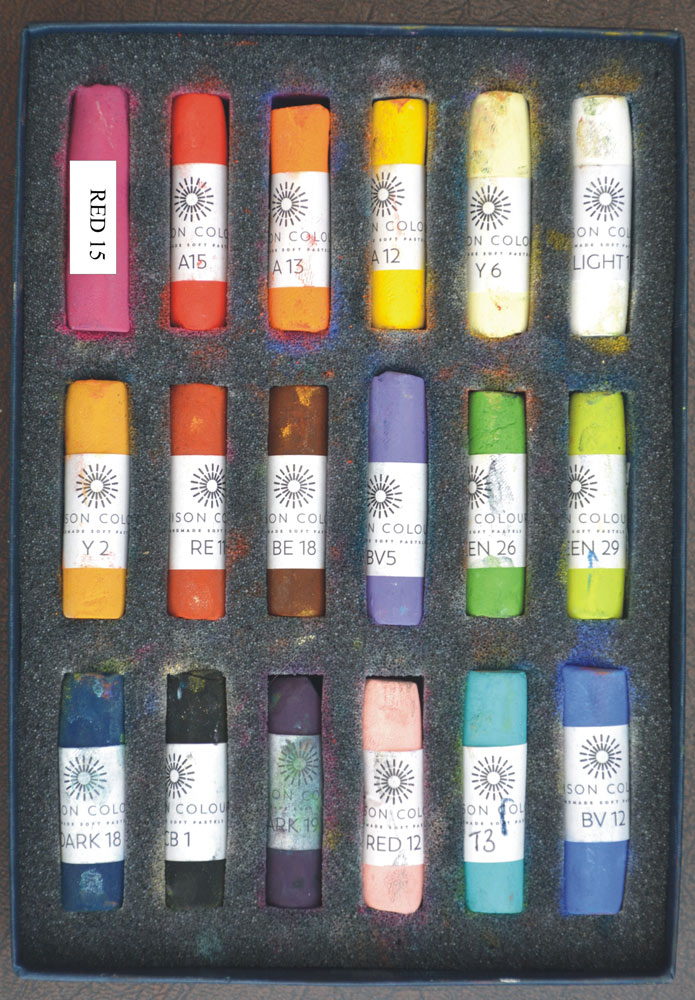
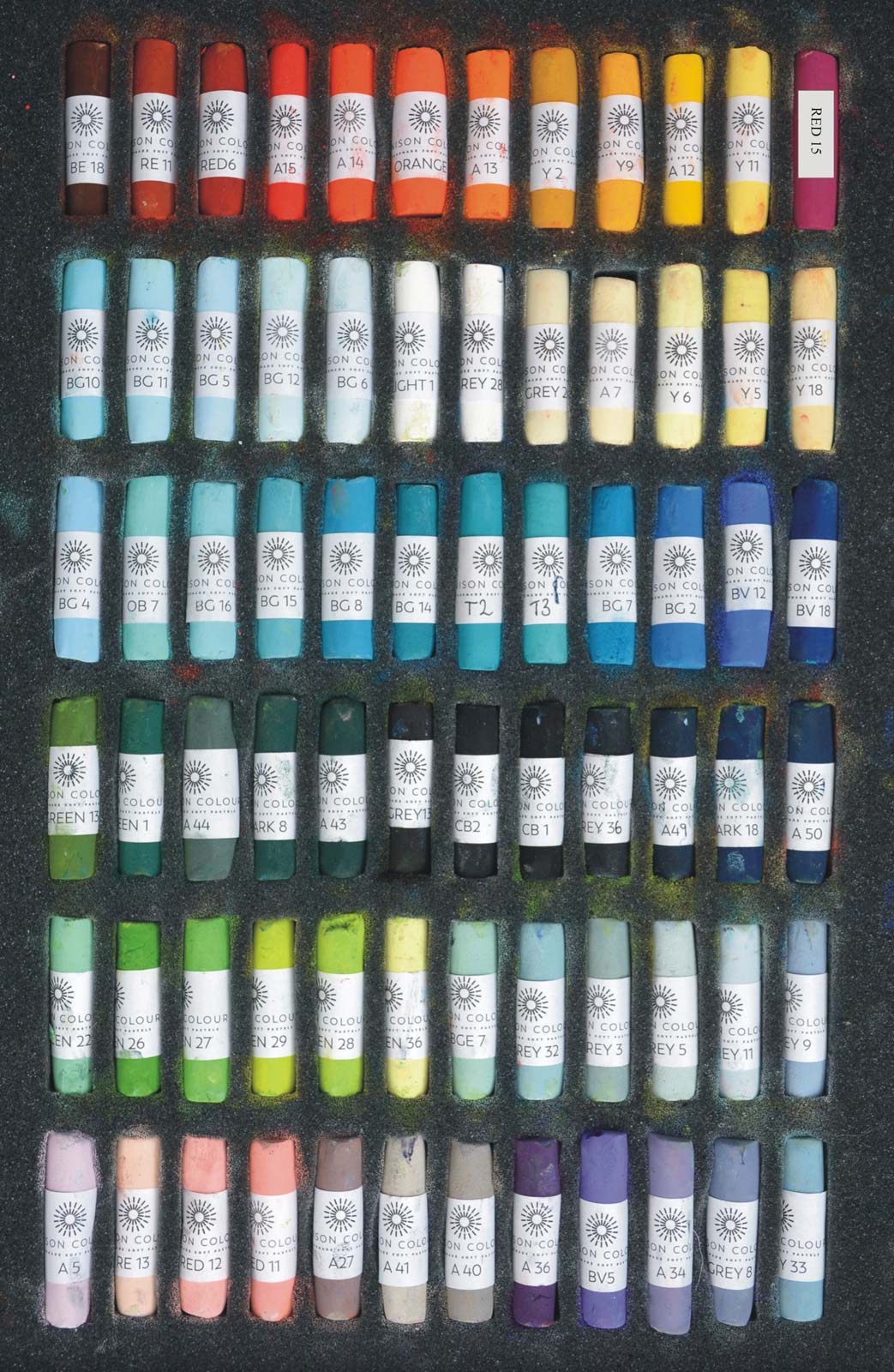
Are there different quality and hardness of pastels?
Yes, softer pastels are usually of a higher quality and more expensive and are useful on a softer finer paper. A hard pastel can actually tear a fine paper. Here is a list of pastels in grades of hardness, you will find that their price also reflects this.
| Hardness in order of merit | Make | Other useful mediums |
| 1. | Sennelier | Conte’ pastel pencils for fine detail. |
| 2. | Unison Colour | Grumbacher, high quality American pastels. |
| 3. | Rowney | Ordinary school chalks. |
| 4. | Rembrandt | |
| 5. | Schmincke | |
| 6. | Derwent | |
| 7. | Inscribe | |
| 8. | Conte’ |
How do I remove pastel?
Bread may be used to remove pastel from paper by dabbing or gently rubbing. A large lump of Blue Tack is handy to keep your hands clean. A stiff bristle brush to take away pastel. A cotton wool “ear bud” on a stick.
If my collection of pastels has become unrecognisable through use can I clean them ?
Yes, place them in a Tupperware container with a few inches of Semolina and gently shake them. This will clean them. To remove them pour the contents through a sieve.
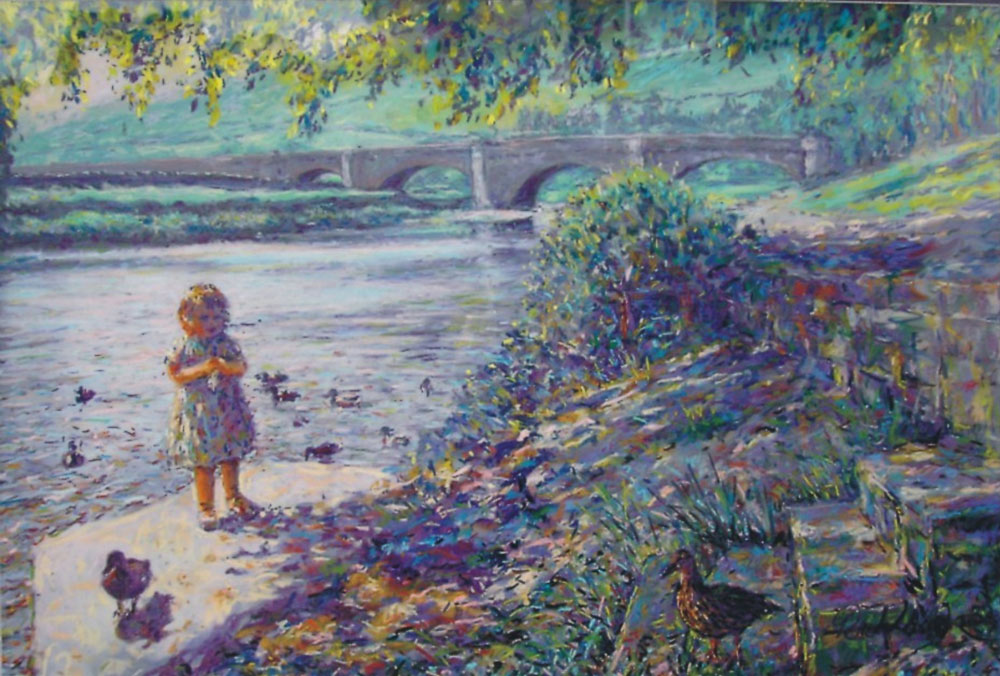
What papers should I use?
There are many papers on the market and it will be fun for you try them out and find your own favourite? The pads of “Ingres” pastel paper are good, but I would only advise the heavy quality. You may also purchase this in large sheets. If you are beginning or using my “white ground” technique then a good quality sugar paper will suffice. Another possibility, especially for heavier direct techniques or Impasto work will be to use a specialist fine sandpaper ( P500 ) which can be purchased in larger sheets. Remember that so called “sandpaper” is now almost entirely actually “glass paper”. NOTE. When using it and blending be sure to use the palm of your hand not fingertips! I now use watercolour paper, especially Arches 140 lb Hot Pressed, as I use water and pastel a lot. Not and rough when using textures for snow etc. I will show these in depth in my blogs.
Can you remind me of the Styles and Techniques?
My pleasure!
| Technique | Description |
| White ground | A technique I have developed where three coats of white chalk are rubbed into the surface grain allowing you to tint and use any of the other following techniques with a minimum of pastel. |
| Tinting | Gently adding colour to another, usually softly rubbed in and merged. |
| Cross Hatching | Best used over a chosen base colour, usually a mid tone and key, the use of lines across and around the forms being built up in different layers and directions. |
| Scumbling | Usually using the pastel side ways on, rubbing it over the surface making use of the paper texture. |
| Feathering | Short strokes often used in a very stylised single direction throughout the picture. Different colours can be feathered together to give a lively impression of mixing as did the Impressionists brush strokes. |
| Dry Wash | Powdered pastel brushed over and into the surface. |
| Wet Wash | Water added over drawn pastel to mix and spread it. |
| Impasto | The use of heavy strokes and layers of pastel. |
| Sfumato | Blending soft marks together. |
| Coloured ground | As all paper will discolour over time, if you wish to have a coloured ground showing through then you would be wise to work a layer of pure burnt umber/sienna into the paper surface first. |
| Stippling | Working up a painting in dot patterns. |
| Broken colour | Impressionist technique of using small broken areas of colour together to give colour mixture and vibrancy by fooling the eye. Rapidly laying in the main shapes before working up detail. Working the painting up in thin layers. Placing the paper over a textured surface before working pastel over the top. Rapid uninhibited gestural strokes, most useful for movement. Gentle merging and graduation of one colour into another. Picking out , in the final stages of the work, the intense points of light reflected from the objects being painted. Scraping back details out of the surface pastel back into the under colours. |
| Blocking in | Rapidly laying in the main shapes before working up detail. |
| Building up | Working the painting up in thin layers. |
| Frottage | Placing the paper over a textured surface before working pastel over the top. |
| Gestural drawing | Rapid uninhibited gestural strokes, most useful for movement. |
| Graduation | Gentle merging and graduation of one colour into another. |
| Highlighting | Picking out , in the final stages of the work, the intense points of light reflected from the objects being painted. |
| Scraping out and Sgraffito | Scraping back details out of the surface pastel back into the under colours. |
What other special hints do you give ?
In landscape we will discuss that cooler colours are in the background and they became warmer as they progressed to the foreground. We will talk about how one colour affects another and can be used to make an area recede or seem brighter. That where there is light there must be colour. How black and white can be used. How colours must be compared across the whole picture and not just completed in one area with disregard to the rest. We will look at the difference in working from photographs and the real thing. The importance of studies and photographs having all of the information you need and linking them together. The use of different textures and all of the marks available to use.
Can I use mixed mediums with pastel?
Pastel can be used over any matt surface. You can use it over Water-colour wash on water-colour white paper, thinned down Acrylic on Pastel paper, Wood stain on Glass paper, not a water based paint.
Do I have to fix my work?
Sometimes a coat of fixative will allow you to work a second layer over an existing difficult area, fixing is advisable on my white ground method as this is easily damaged. In the absence of fixative hair spray may be used. Work, fixed or unfixed, may be protected in storage by using quality sheets of tracing paper in between. Pastels used with water will already be fixed which makes this method ideal for subsequent layers. I prefer not to fix as it dulls the bright and lighter colours.
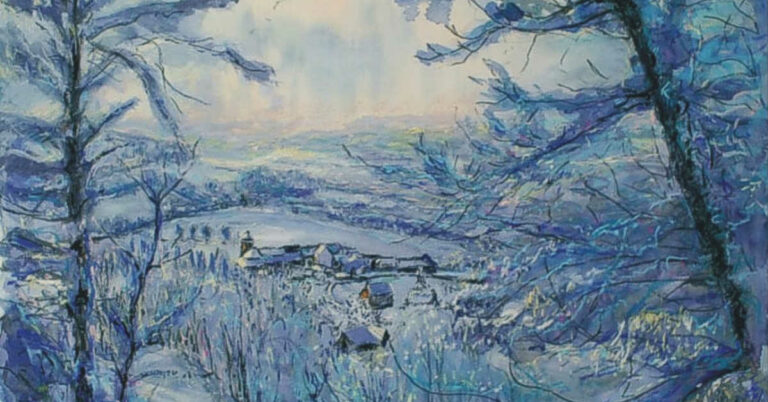
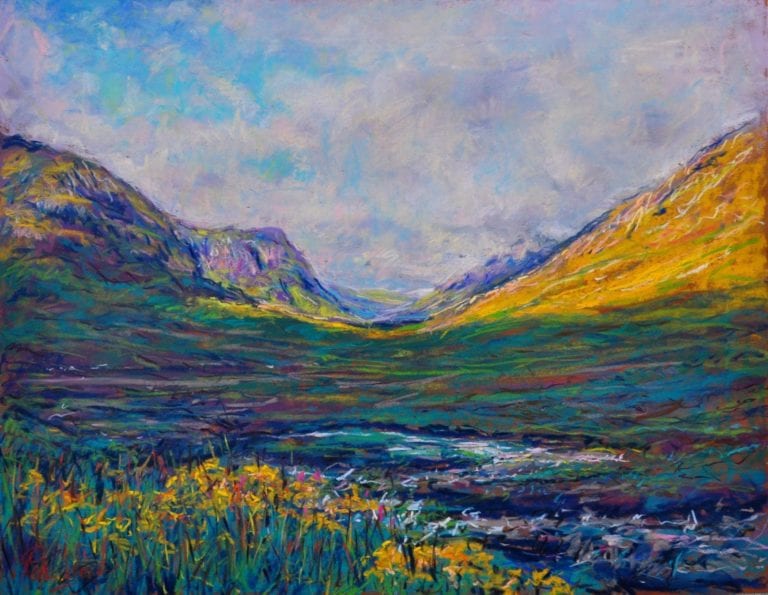
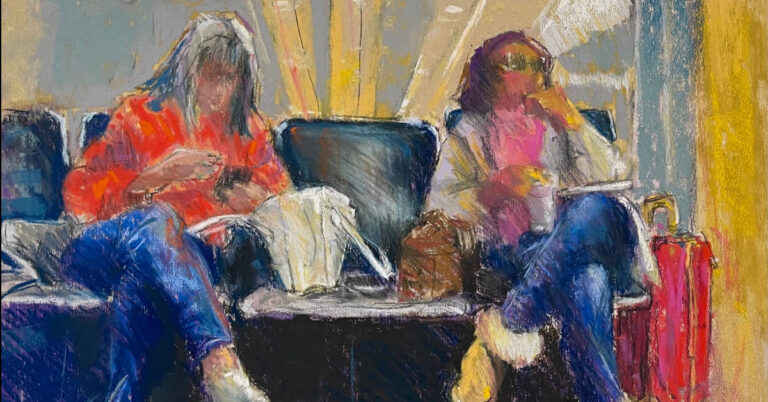
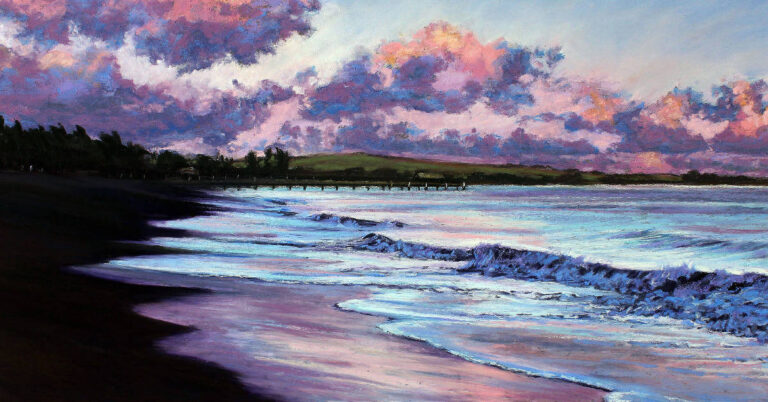
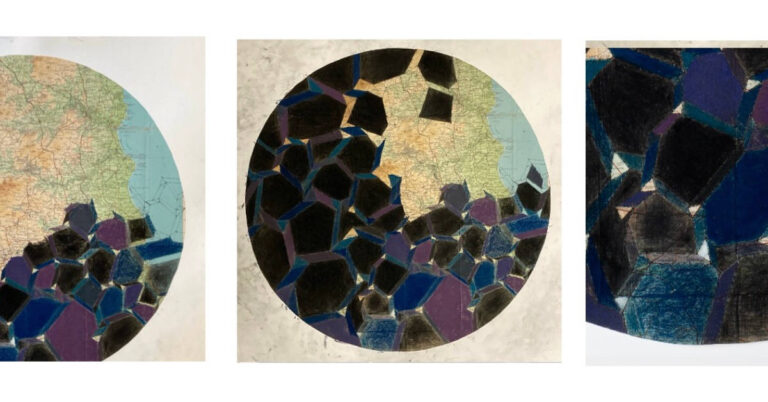
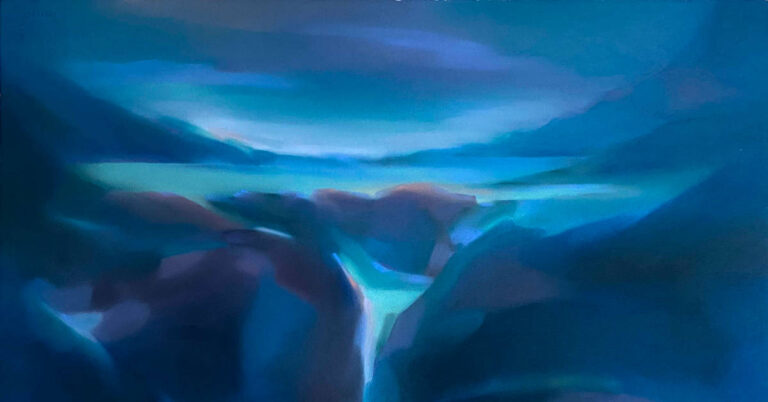
2 Responses
As a pastellist for many years and a full Member of a national Pastel Society, I would dispute the use of hair spray to fix a painting. A number of good quality fixitives are available which will not distort the colours or ‘yellow’ them like hair spray will after time.
I agree.